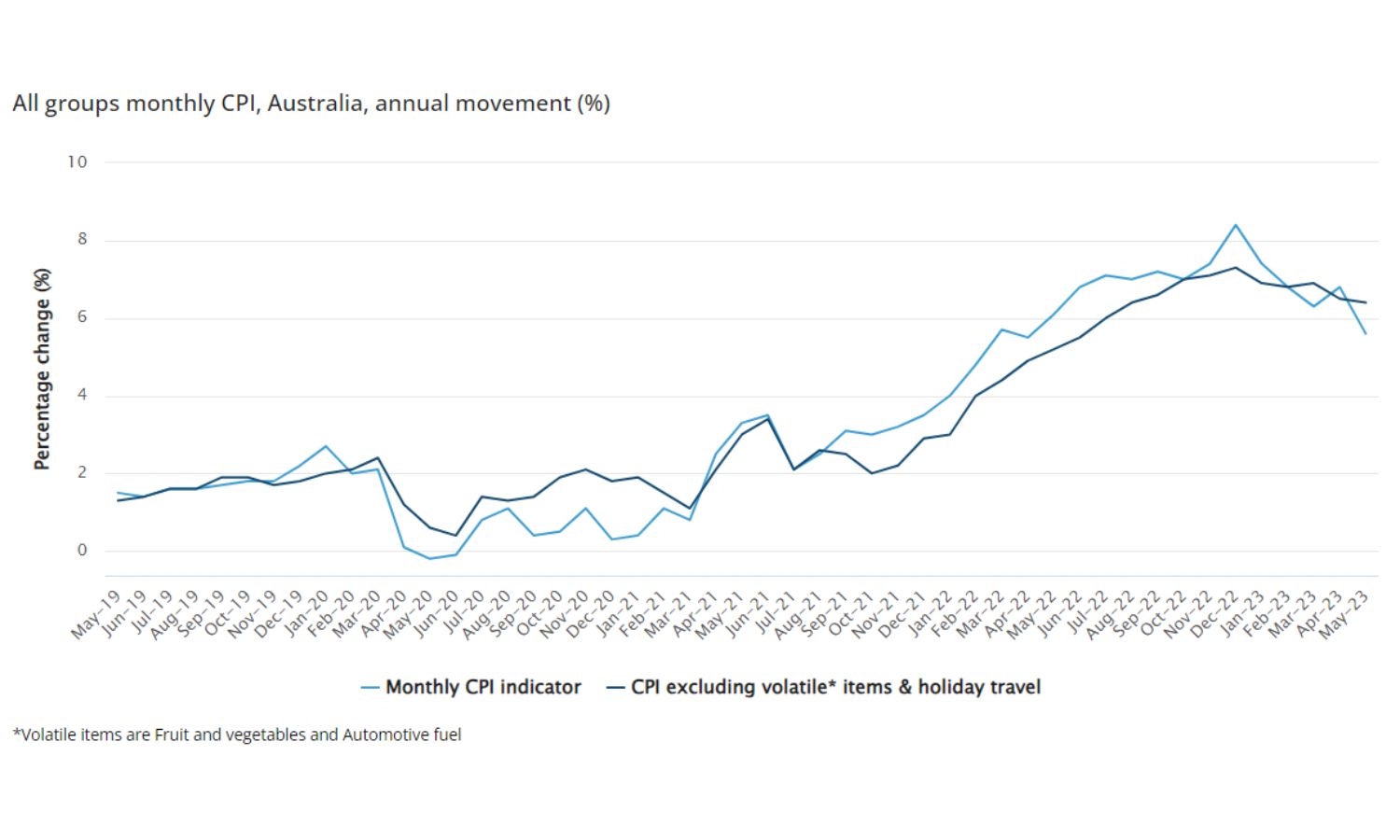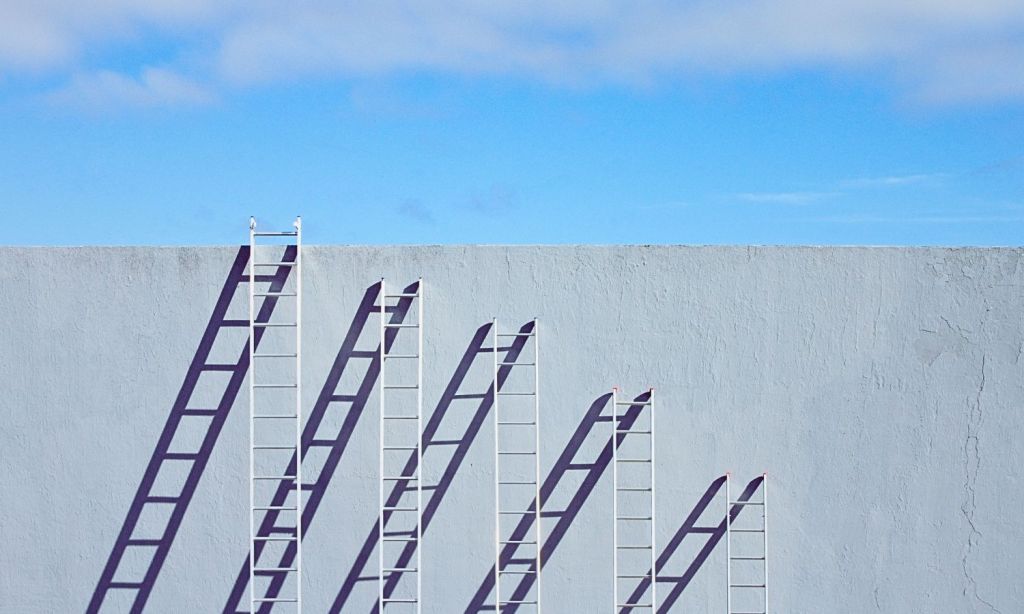Hard facts: inflation is literally making you poorer by the minute. An inflation pay rise may just be the answer to your money woes.
Aussies seeking a pay rise should, in theory, be in the best position to ask for one right now. Inflation is driving the cost of living up while the unemployment rate is low.
This means that employers are finding it harder to staff roles, putting workers in a prime position to negotiate for higher wages either in their current job or when applying for a new one.
You may have heard the phrase “inflation pay rise” before. This is basically a term used by workers during pay negotiations to justify a salary increase.
Inflation has been the doom-laden buzzword of the past few years. Current figures show that inflation has likely peaked in Australia, reaching a high of 7.8% in December last year. Right now, we’re sitting on 5.6%, as of May. However, the Reserve Bank of Australia, the people responsible for the interest rate rises, have said that they expect inflation to remain above 3% for at least another year.
Rising inflation is a reflection of the fact that the cost of everything, on average, has been going up. Your salary though, if you’ve not had a pay rise, has been staying the same. This is why your wages aren’t stretching as far as they used to.
Here we dig into what an inflation pay rise actually is and why the Reserve Bank of Australia is begging us all not to get one.
What Is an Inflation Pay Rise?
An inflation pay rise, also known as a cost-of-living adjustment (COLA), is an increase in wages or salaries granted to employees to counterbalance the effects of inflation. It aims to ensure that workers can maintain their purchasing power and cope with rising prices in the economy.
In effect, it’s not really a pay rise. Technically, you’re getting more money but, thanks to inflation, that money is worth less. It’s a pay rise to keep yourself in precisely the same position you were since your last pay increase.
Employers may provide a COLA as part of an employment contract, although this is virtually unheard of. Others may implement blanket pay rises across their companies. Most, however, will have to be fought for.
How Do You Determine an Inflation Pay Rise?
The adjustment for an inflation pay rise typically takes into account the rate of inflation experienced during a specific period.
The Consumer Price Index (CPI) tracks the average change in prices for a basket of goods and services commonly purchased by households. It’s the most commonly referred to measure of inflation in Australia.

As above, inflation in December was 7.8% year-on-year. At that point, you’d expect a 7.8% increase just to keep up. But inflation isn’t fixed. It’s cumulative based on when your pay packet last went up.
The website paycalculator.com.au has recently implemented a handy inflation calculator. If you’re feeling brave, you can input your salary to take a peek at exactly how much poorer inflation has made you.
The median salary in Australia in 2022 was $79,800. If you were earning this in January 2022, and are still earning it in July 2023, your salary has effectively fallen by $7,768. In order to keep up with inflation, that wage would have to be $88,355 in today’s money.
So, in order to simply be as wealthy as you were in 2022, you’d need to ask for a pay rise of 10.72%. Given that the Wage Price Index shows that wages have only increased by 3.7%, most of us are significantly poorer than before. That being said, SalaryExplorer data shows that Aussies, on average, receive a pay increase once every 16 months of 8%. Even so, this isn’t enough to keep up with current inflation rates.
What Happens If Everyone Gets an Inflation Pay Rise?
There are a number of issues when thinking about an inflation pay rise. Firstly, with many companies struggling to keep up with rising costs of living, a lot of employers simply won’t have the budget to provide inflation pay rises.
In addition, if everyone in the country received an inflation pay rise, inflation would spiral.
Put it this way: if you get a pay rise, you suddenly have more money to spend. If you spend that money, that puts increased demand pressure on suppliers. Those suppliers then increase their prices to deal with the increased demand. That’s how inflation goes up and that’s how you get into a wage-price spiral. It’s essentially a cold war between employees and the economy.
The RBA has been aggressively raising interest rates over the past year or so to combat inflation. Phillip Lowe, Governor of the RBA, recently said that wage growth was something the bank was keeping an eye on as an indicator that inflation would continue to climb.
“The Board remains alert to the risk that expectations of ongoing high inflation will contribute to larger increases in both prices and wages, especially given the limited spare capacity in the economy and the still very low rate of unemployment,” Lowe said.
“Some further tightening of monetary policy may be required to ensure that inflation returns to target in a reasonable timeframe, but that will depend upon how the economy and inflation evolve.”
Therefore, an inflation pay rise might be a great idea on an individual level, but it could mean the RBA continues to hike up interest rates if inflation spikes as a result. Still, there’s little sense in making Lowe’s life easier while making your own harder, especially if it’s been a while since your last pay review.
Related: More Aussies Are Turning to Each Other for Money Instead of Banks
Related: This Personality Trait Could Be Costing You Money
Read more stories from The Latch and subscribe to our email newsletter.







